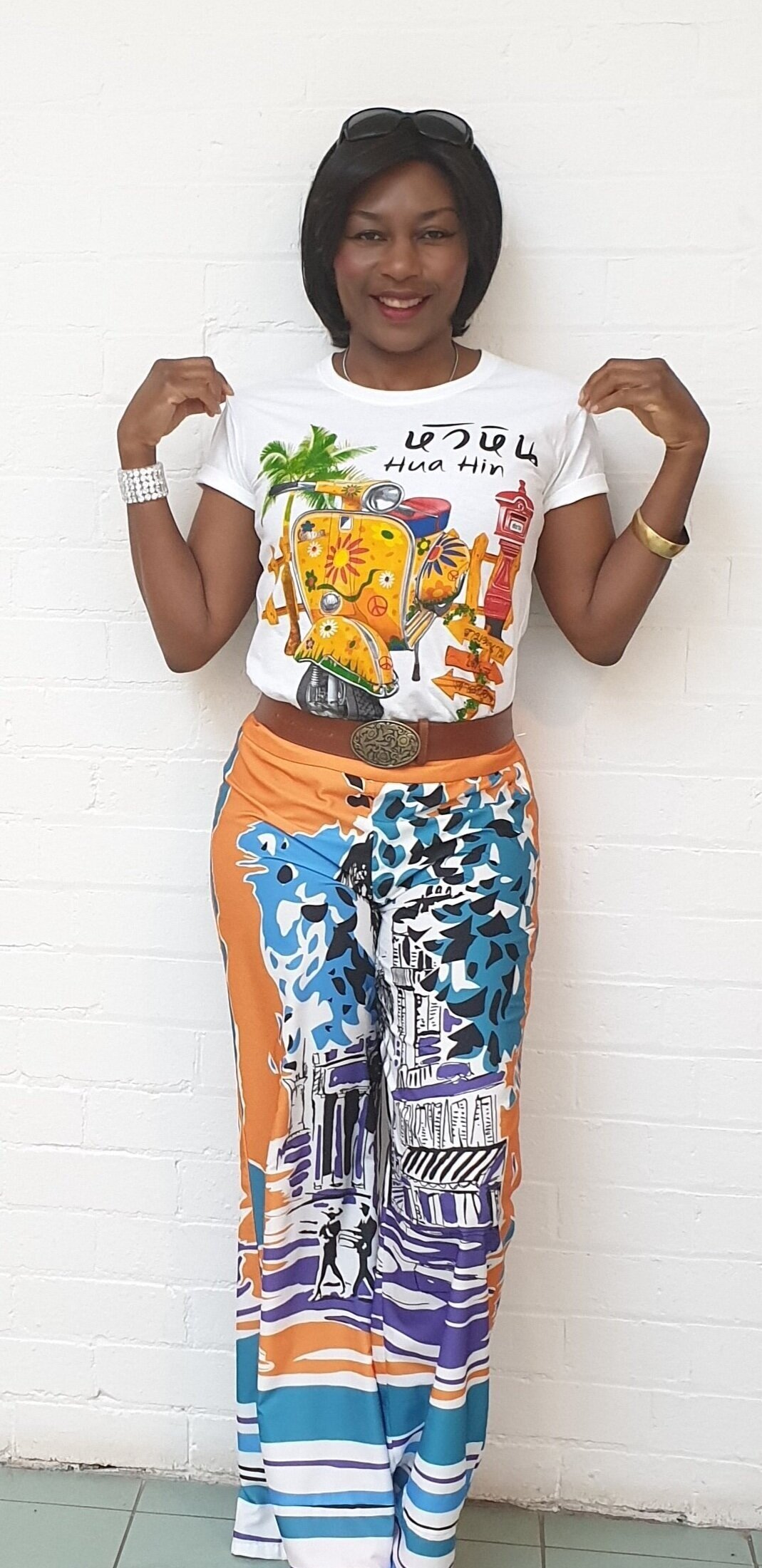I chuckled when I found this Grinch t-shirt at a clothes swap a couple of years ago. 'How the Grinch Stole Christmas' is a culturally iconic story and popular children’s book I read as a kid. In the 2000 film adaptation with Jim Carrey, the Grinch’s home was bombarded with trash from the townspeople’s Christmas celebrations. For this and other reasons, the Grinch hated Christmas. So, he tried to stop the holiday by stealing people’s Christmas presents from their homes while they slept.
I've never been a fan of the superfluous nature of the festive holiday period with its excessive overconsumption rituals that seem to get worse every year. Christmas has been reduced to the notion of excessive material consumption, excessive food waste, excessive packaging, decorations and presents that people don't need or probably don't even want. Most of it ends up in landfill. Australians for instance wasted an estimated $400 million on unwanted presents last Christmas! Some environmentalists even say that Christmas is the world’s greatest annual environmental disaster. Americans throw away 25% more trash during the holiday season, amounting to 25 million tons of garbage which is about 1 million extra tons per week based on data from Stanford University. And according to the OECD, about 54 million plates of food are thrown out in the UK every Christmas. Food waste and its supply chain is a major source of CO2 emissions. The IPCC report on Climate Change and Land stated that wasted and lost food is responsible for up to 10% of all global greenhouse gas emissions. This might be why my Grinch t-shirt resonates. The Grinch is in this way symbolic of disrupting the holiday overconsumption culture.
It feels like the beautiful things about the holidays like family, culture, connection, community and the opportunity for rest and reflection have been corrupted. Now it’s all about consumerism and directing our efforts towards skyrocketing profits for big corporations. So, what if we redirected all of these resources towards making life liveable for people who are underprivileged or marginalised? What if, instead of going along with the old tradition of giving presents to someone who doesn't really need it, maybe the cost or the item/service can be donated to the people or organisations that work towards environmental regeneration?
I think the moral of the Grinch story was that after lamenting on the stolen presents, the townspeople realised they could have a happy Christmas without the excessive material stuff. We too can create a different kind of Christmas. During the super consumption period that goes from Black Friday through to the holidays and into the January sales, we buy and consume a lot of stuff in richer countries. It’s a good opportunity for low-income earners to afford necessary items and luxurious treats. It’s also a time to shift this modern trend of THE NEED TO BUY things we don’t need. We spend a big portion of our lives shopping and spending. This isn’t necessarily about being frugal. This is about filling our lives with purposeful activities that have a more lasting impact on our souls than just inanimate objects we pay for.
The holidays carry a different meaning for everyone, but I hope the end of this year is a time of positive introspection for all of us. A time we use wisely to do some self-love and self-care by alchemising the things within us that keep us from evolving to our highest selves. And shifting habits like unnecessary consumption that damage ecosystems and hurt the environment. And by doing random things like showing bundles of love and acts of kindness to the people that would never expect it from us both online and in-person.
The holidays done differently
If we choose to resist the status quo and #MakeChristmasGreatAgain, here are a few tips:
Personalise the holidays. It’s important to recognise that we don’t have to stick to doing the same thing we’ve been doing for decades or centuries. We can make brand new holiday traditions that hold personal meaning for you, family and friends. Ones that don’t have to rely on excessive use of things or products to make the holidays fun.
Giving – Have you noticed that people who have a lot, get given a lot too? Consider giving to people who really, actually need resources and things for their survival and personal growth. This is one way to tip the scales towards more balance and equality in society. Seek out people in need within your local community or even in parts of the global South to give to. Giving need not be something limited to the holidays. It can be all year round.
Quit holiday sales – Reducing overconsumption is about finding alternative habits to replace excessive shopping. Buy what you need, reuse, recycle and repair when you can. Place a higher value on experiences over things.
Photos by Madé Kosala
♥ Nina Gbor












